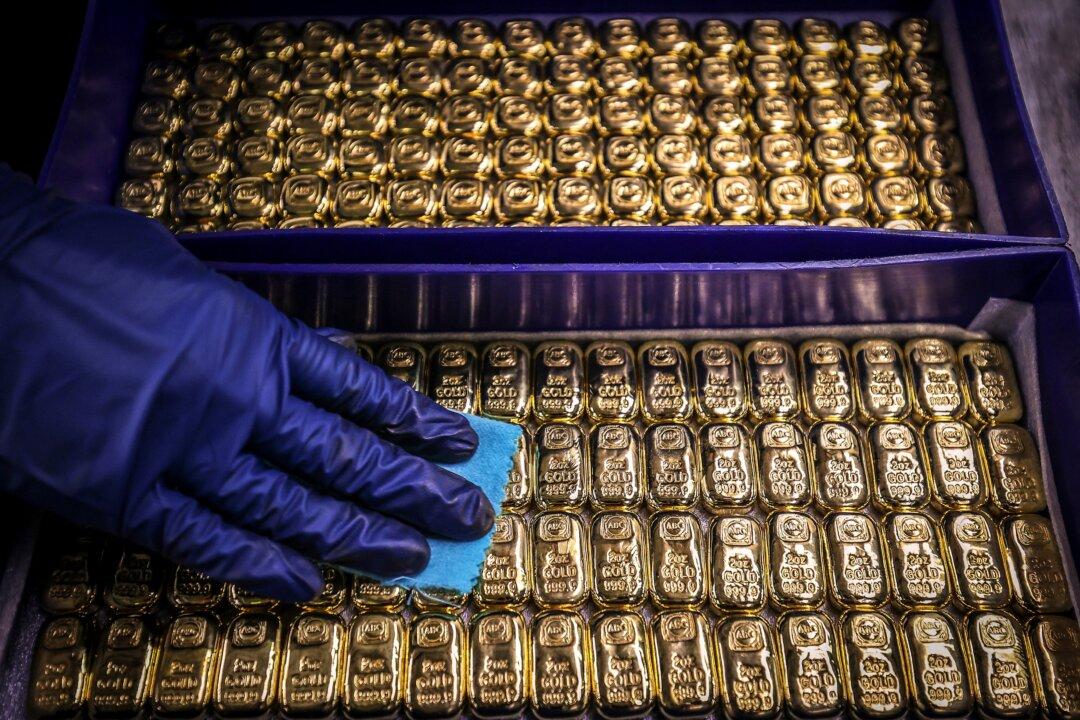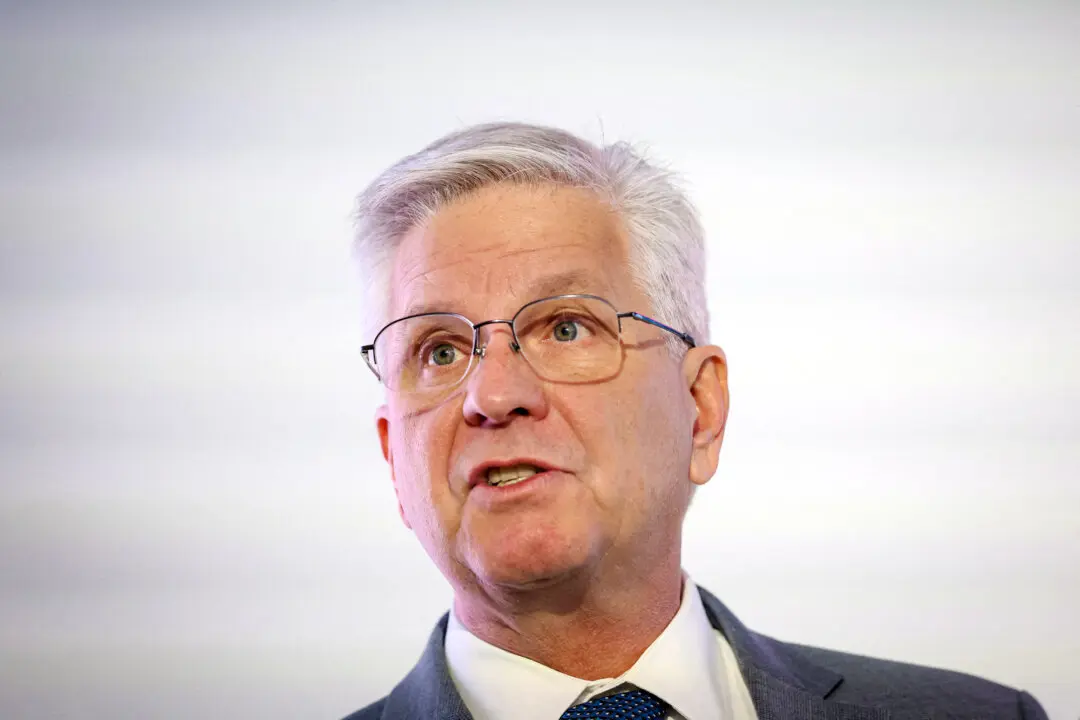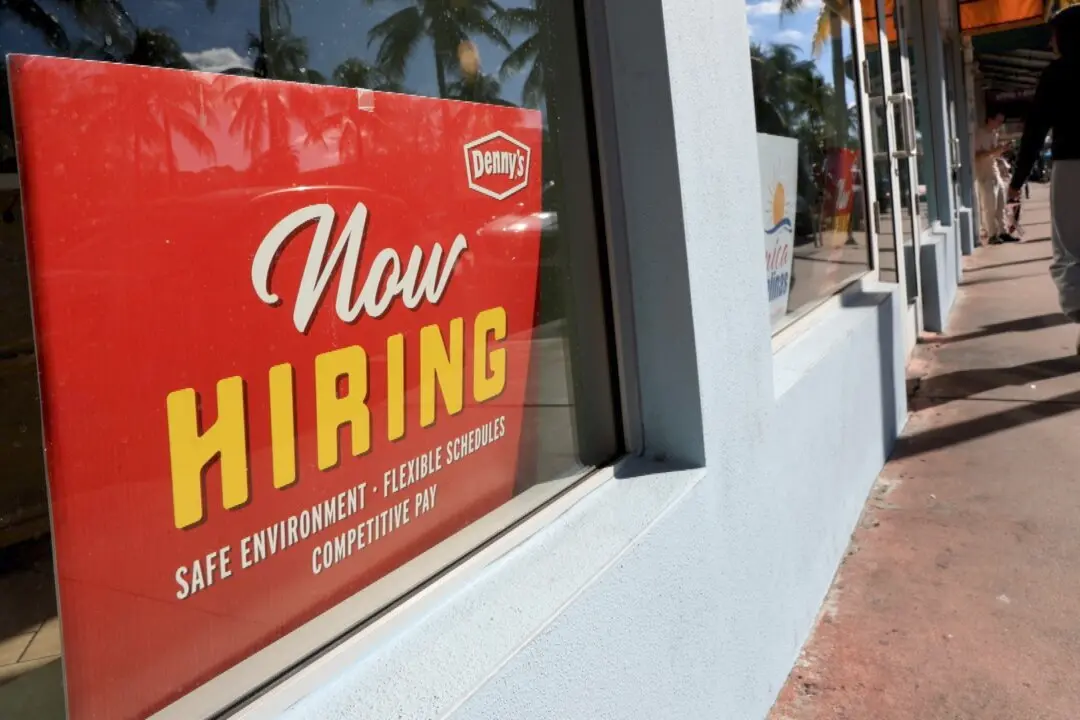It is not only consumers rushing to the local Costco and neighborhood metals dealer to wipe out their inventories of gold bars and coins.
Since the global financial crisis of 2008–09, central banks have been significant gold buyers, and their investments are paying off. These institutions are striking gold as prices have notched more than two dozen record settlements this year.





